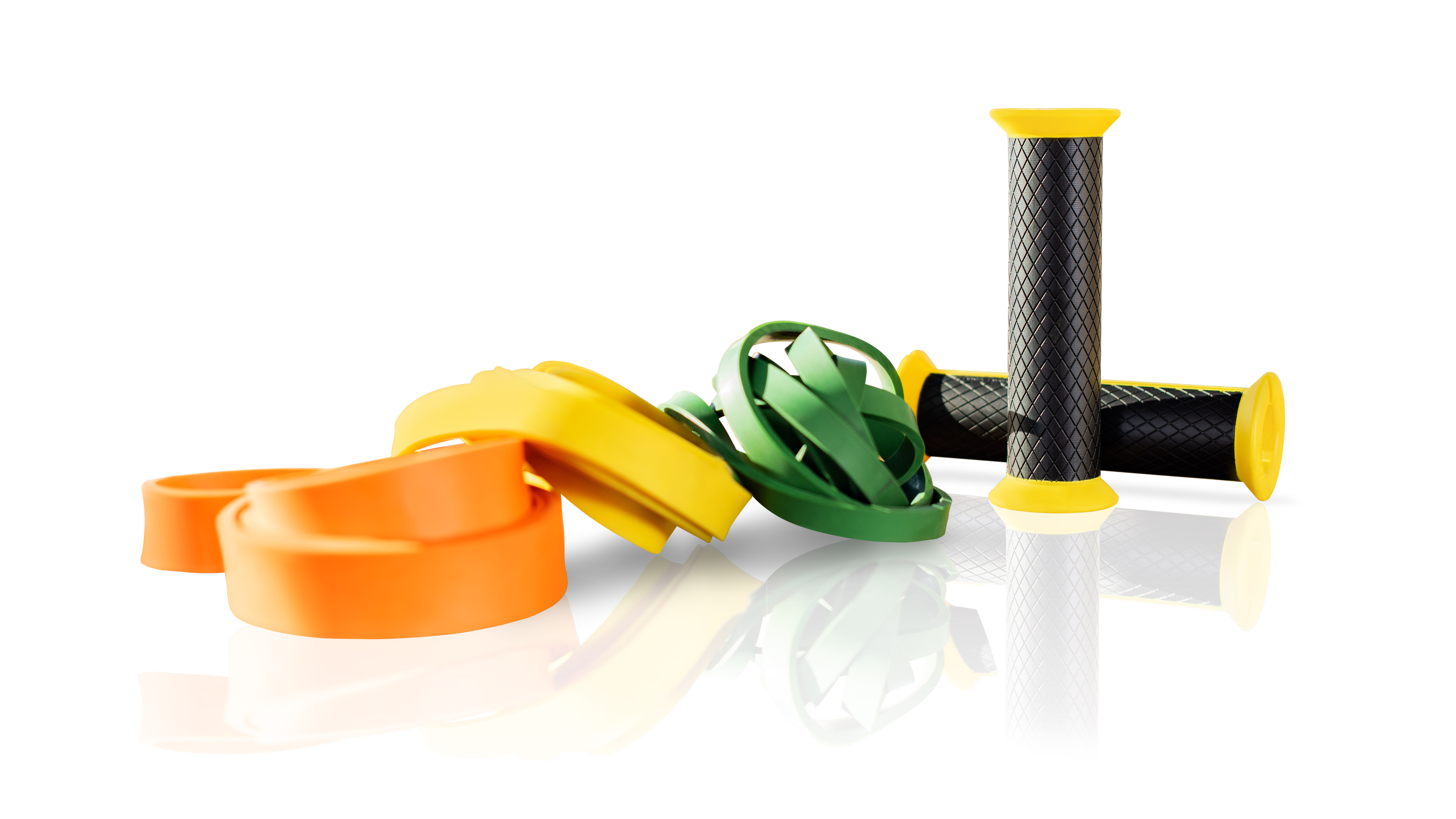

More than ever, we are lacing up our best running shoes and heading out the door to burn some calories. Yet running needn't only be about exercising your legs and heart. With a few tweaks, a run can become a full-body workout. If you want to get the maximum return in the shortest time possible – your lunch break, for instance – powering up your run is a great way to get fitter faster.
Running is probably the most accessible form of exercise to achieve, purely because we can all theoretically do it. It doesn't involve much fancy equipment, aside from some sturdy running shoes. But because of this, it can also be the least effective way of building muscle, toning, burning fat and working the cardiovascular system.
Alas, it's easy to simply plod a few kilometres without ever breaking a sweat or getting out of breath, even with the right diet. Read more about foods to avoid during lockdown and why alcohol can cause weight gain if you need encouragement.
With that in mind, we've spoken to a bunch of running experts to devise a plan that goes beyond a basic jog during the designated 30 minutes of outdoor exercise we are all currently enjoying.
So, if you don't mind looking a bit unusual performing a few lunges or star jumps on the usual running route (let's be honest, who is going to see you?), the below workout suggestions have the ability to transform some simple pavement pounding into a fully-fledged muscle-building session that will improve your running times and shred more calories.
Interval Runs

This sort of training is great for pushing your upper limits, improving cardiovascular health and generally allowing muscles to get stronger, meaning your running becomes easier and faster.
It requires a few short bursts of maximum effort, so be prepared to put the work in and only start sprinting when the environment is safe to do so. However, giving 100 per cent effort means that every effort level below this becomes easier over time.
Sign up to the T3 newsletter for smarter living straight to your inbox
Get all the latest news, reviews, deals and buying guides on gorgeous tech, home and active products from the T3 experts
Start with a warm-up run at an average pace. This should be around 1-2km for those with some running experience. Beginners should aim for the 1km mark at an easy pace.
As soon as you tick over into the 3km mark (2km mark for inexperienced runners), begin this interval running phase.
5 x 30 second sprint/30 second jog - aim to run flat out for 20-30 seconds, with a brief 30 second cool down jog or jog-on-the-spot in between. Repeat this five times before embarking on the return leg of your normal run.
"Interval training like this has been proven to torch more fat than simply sustaining the same tempo throughout a workout,"explains Keith McNiven of Right Path Fitness.
"On top of this, having set interval sprint periods, like those mentioned above, means it easy to increase or extend these over time, thus encouraging the body to build more muscle and improve stamina," he adds.
The Strength Training Run

For this session, you'll need to pick a destination that offers enough space to perform a few basic bodyweight exercises. If you're at home and own a treadmill, it can simply be a patch of floor next to the equipment.
For those running in the great outdoors, aim for a route that has a patch of parkland or at least some grass somewhere in the middle - but remember to keep your distance from other folk.
Start with your normal running pace, attempting to cover around 40 per cent of your usual distance. Now enter the strength training portion of this workout.
Split lunges x 10 each side - with feet shoulder-width apart, step backwards with the left leg, until weight is balanced on the ball of your left foot. Now lower your butt until the thigh of the leading right leg is at a right-angle to the floor. Take care not to let your right knee wander over toes. Drive through the heel of the right foot to the start position and repeat on the other side.
Squats x 10 - adopt an athletic, feet shoulder-width apart stance. Lower your butt back and down, hingeing at the hips. Keep the core braced and ensure knees don't wander over toes. Pause at the bottom of the move before driving up through the heels, tightening your glutes (butt muscles) at the top portion of this move. Repeat.

Press-ups x 20 - lower into a full press-up position (or rest on knees if a full press-up is too much), palms flat on the floor. With shoulder muscles engaged and core braced, drive up through the palms, keeping elbows tucked in.
Russian twists x 20 - lay on your back but bring shoulders off the floor, fingers touching your temples. Draw knees towards your chest, so heels are planted on the ground. Now twist the torso slowly to the right until both elbows are in-line with the legs. Twist back to the centre and repeat on the other side.
Follow this up with the usual running pace (albeit probably slightly slower due to being a bit knackered) back home. The compact workout is great, as the warm-up run gets the metabolism firing, while the run back home doubles-up as a neat warm-down.
"Before every race or run, set yourself a goal. It could be to reach a certain distance, or to beat your last time, or simply to get to a destination. However, try to keep the milestones and goals small, as it will keep you focused and motivated when you reach your goal. I would even recommend having a bronze, silver or gold goal, so even if you miss one; you’ve got another one to aim for," says running coach and owner of Track Mafia, Corry Wharton Malcolm (AKA BitBeefy) .

Fartlek Runs
Stop that childish chuckling: Farltek training simply means "speed play" in Swedish. This effective form of interval workout dates back to the early 1930s when coach Gösta Holmér designed it for his cross-country running team.
Simplicity is key and it can be interpreted in many ways, but it is absolutely brilliant for those wanting an easier, more manageable route into running faster over longer distances.
One interpretation could be jogging at a steady pace for five minutes, followed by a five minute recovery walk, before getting back to the steady pace again. This would suit someone who is perhaps daunted by a steady 5km jog.
A more complex version involves speed work sections, where a warm-up is followed by sprints (similar to the workout mentioned above) or short bursts of uphill/stair running.
Creating a good musical playlist can really assist in a solid Fartlek workout, so aim to start with a slower tempo selection of, say, three songs. Then throw in a fast-paced 120bpm tune, where you are required to quicken the pace for the duration of the song, before dropping back down to a slower pace and repeating.
"This style of interval training can be translated to any stamina friendly activity," explains Keith McNiven of Right Path Fitness..
"In many ways, what you are trying to achieve with endurance training is for your body to do what it was made to do- to be able to react under extreme circumstances with bursts of intense activity over a prolonged period. Whether you use a treadmill or run outside, attempt to mix in faster sprints or hill climbs with a more regular pace," he adds.
Leon has been writing about automotive and consumer tech for longer than he cares to divulge. When he’s not testing the latest fitness wearable and action camera, he’s out in a shed fawning over his motorcycles or trying not to kill himself on a mountain bike/surfboard/other extreme thing. He's also a man who knows his tools, and he's provided much of T3's drills coverage over the years, all without injuring himself.
-
 Abus Bordo 6500A SmartX review: Bluetooth bike lock and alarm
Abus Bordo 6500A SmartX review: Bluetooth bike lock and alarmAbus Bordo 6500A SmartX is a key-free, Bluetooth-enabled lock and anti-theft alarm that’s super secure
By Aoife Glass
-
 Home workout your way to a six pack with this no-gear power move for abs of steel
Home workout your way to a six pack with this no-gear power move for abs of steelEasy to explain but hard to do well
By Leon Poultney
-
 The best home workout kit to get stronger at home chosen by Alex Crockford
The best home workout kit to get stronger at home chosen by Alex CrockfordFeature Glow up your home workouts with the help of ultra-buff, frequently shirtless fitness expert Alex C
By Leon Poultney
-
 Best dumbbells 2025 for your home gym workouts
Best dumbbells 2025 for your home gym workoutsWe've found the best dumbbells to help you build muscle, increase strength, and burn fat
By Bryony Firth-Bernard
-
 Want bigger shoulders? You need to try Alex Crockford's home workout
Want bigger shoulders? You need to try Alex Crockford's home workoutFitness model Alex shares his bulletproof workout. Just look at the shoulders on him!
By Leon Poultney
-
 The best workout shoes 2025 to squat, leap and lift your way to fitness
The best workout shoes 2025 to squat, leap and lift your way to fitnessThe best workout shoes provide more support for lifting weights and improved grip for greater HIIT intensity
By Bryony Firth-Bernard
-
 Best sleeping bag 2025: snuggle up under the stars
Best sleeping bag 2025: snuggle up under the starsDiscover the perfect bag to keep you comfy under the canopy of stars
By Matt Kollat
-
 How to choose the best resistance bands for you
How to choose the best resistance bands for youEverything you need to know about buying a resistance band for all your muscle-pumping needs
By Lee Bell

